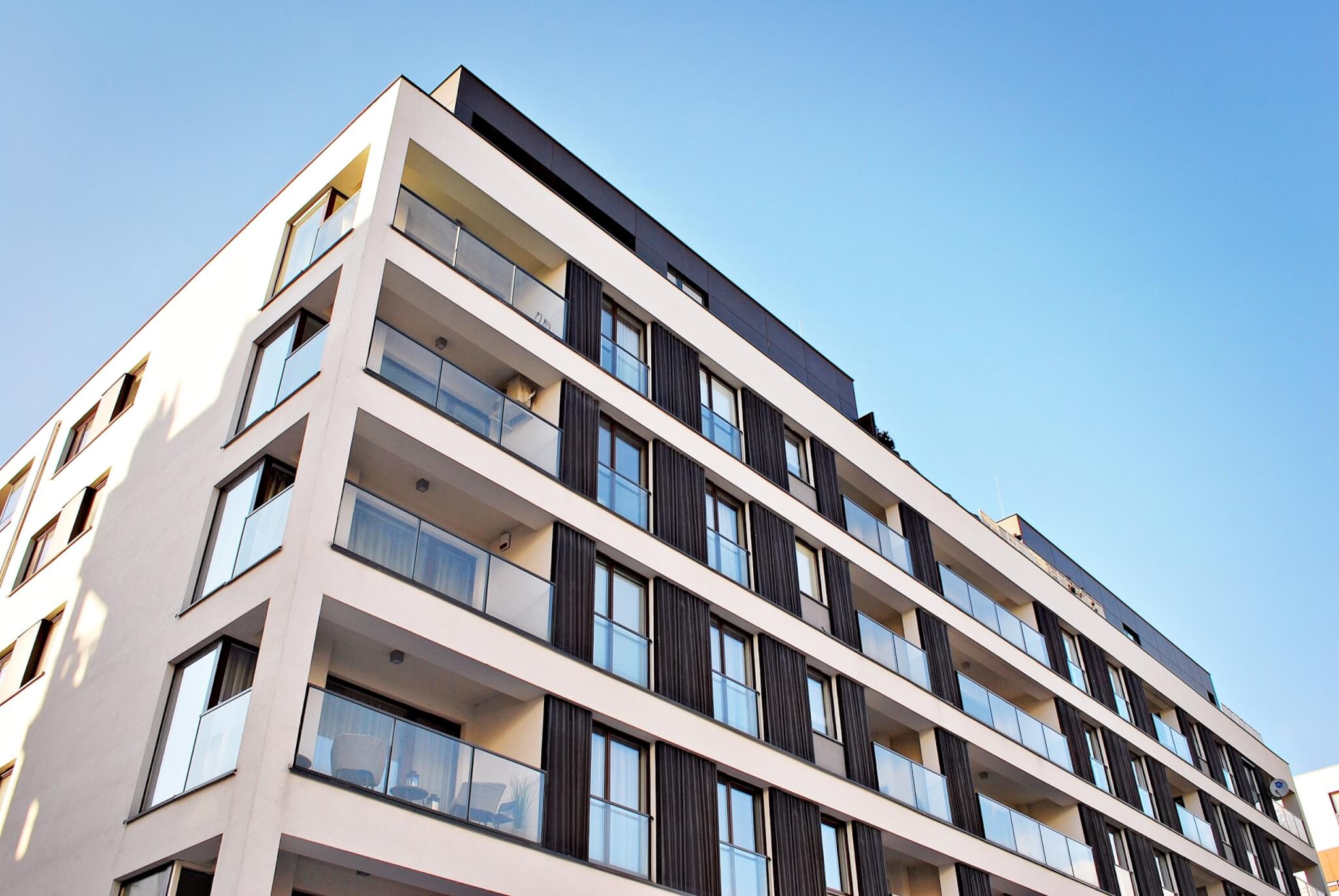The Technology and Construction Court (TCC) recently handed down a decision which included helpful guidance on the issues of limitation for bringing claims against designers and, in the case of claims for an indemnity or contribution to an earlier settlement or judgment debt, key information which needs to be pleaded.
Background
The case concerned the design and construction of an Oncology Centre at St. James’ University Hospital in Leeds. On 15 October 2004 Lendlease Construction (Europe) Limited (‘LL’) was appointed as the main contractor for the works. LL appointed Aecom Limited (‘AL’) on even date to provide specialist mechanical and electrical and fire safety services.
Various defects were uncovered and the hospital commenced proceedings against LL. In 2022, the TCC found in favour of the hospital as to the existence of various mechanical and electrical and fire safety defects, awarding damages.
LL issued proceedings against AL for an indemnity or contribution to those parts of the judgment debt that it considered attributable to AL, claiming – in essence – that if LL was liable to the hospital for these defects, then it followed that AL should in turn be liable to LL, given that such defects ultimately emanated from AL’s work.
The judgment dealt with many issues but, of particular import, was a limitation defence which raised 3 distinct issues.
- Whether AL’s contract for services was a simple contract (subject to a 6 year period for bringing a claim) or a deed (which prescribes a 12 year period).
- If the contract was not executed as a deed, whether the stated 12 year limitation period for pursuing any claim as outlined therein trumped the statutory 6 year period.
- Whether LL’s clam was in any event statute barred, given the passage of time.
The Court held as follows:-
Limitation
Simple Contract or Deed
AL’s signatories were not company officers. As no seal had been affixed, the deed had therefore not been executed properly. Nevertheless, the Court held that because AL’s signatories had purported to execute the contract as a deed, AL was estopped from arguing otherwise.
Contracting out of Statutory Limitation
The Court rejected LL’s contention, that even if the contract was executed as a simple contract, the reference therein to a 12 year period to bring claims meant that the parties had agreed to contract out of the statutory 6 year period. The Court held that the reference to 12 years was simply a longstop date, and that it did not amount to an agreement by the parties the contract out of statutory limitation.
Accrual of the Causes of Action
The Court upheld the longstanding position, that in claims for breach of contract, limitation runs from the date of the breach. It went on to hold that in the case of negligent designs, this is the date on which any negligent or defective design is released to the contractor. In negligence, limitation runs from the date of the damage. The Court held that this should be the date on which any negligent or defective design was integrated into the fabric of the building.
As more than 12 years had passed from the dates of both breach of contract and damage prior to the commencement of proceedings, it followed that LL’s claims were in any case time barred.
Claims for an Indemnity or Contribution
In addition, and whilst a moot point given the aforementioned limitation issues, the Court rejected LL’s assertion that because it had been found liable to the hospital for the subject defects, it therefore followed that AL should be de-facto liable to it. The Court noted that the 2022 judgment did not allocate sums for specific defects and it remained the duty of LL to set out properly and by reference to AL’s own contractual and professional obligations why AL should in turn be liable to LL for each of the individual defects.
Comments
Limitation can often be a minefield and all cases / judgments will turn on their own discrete facts. However, this judgment does provide clarity as to when limitation may start to run in claims against designers for breach of contract or negligence. Claimants should always adopt a cautious approach to limitation and, in the event of damage to or the discovery of defects or potential problems in a building, specialist legal advice should be sought on all issues, including limitation.
Any claim which might be brought against a party must set out with precision why each of the defects complained of should be regarded as the fault of the defendant in question, when taking into account their own specific contractual and professional duties.



